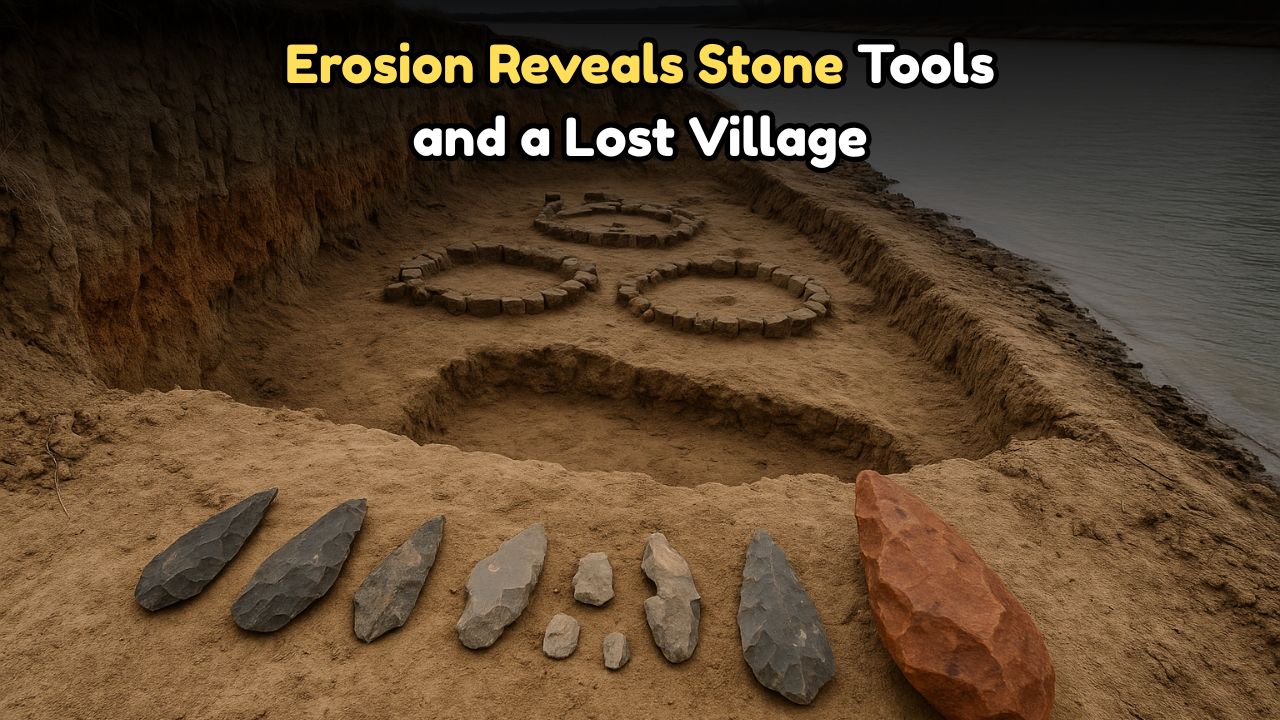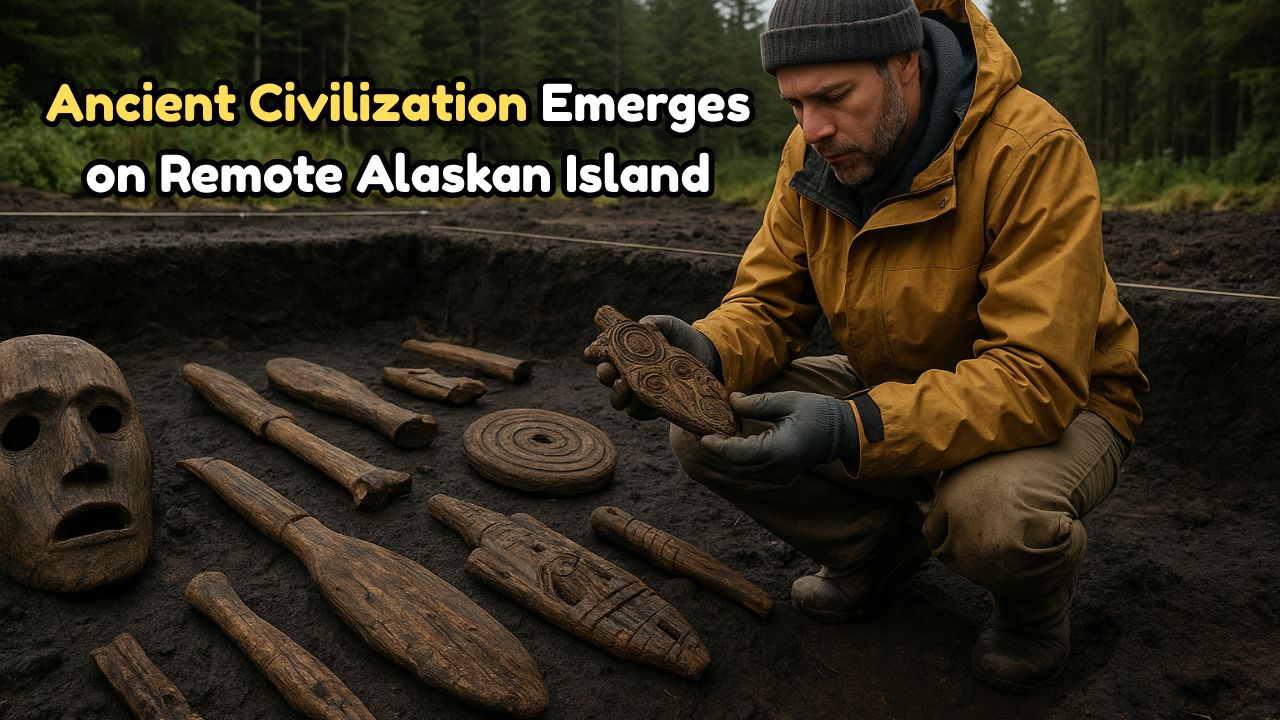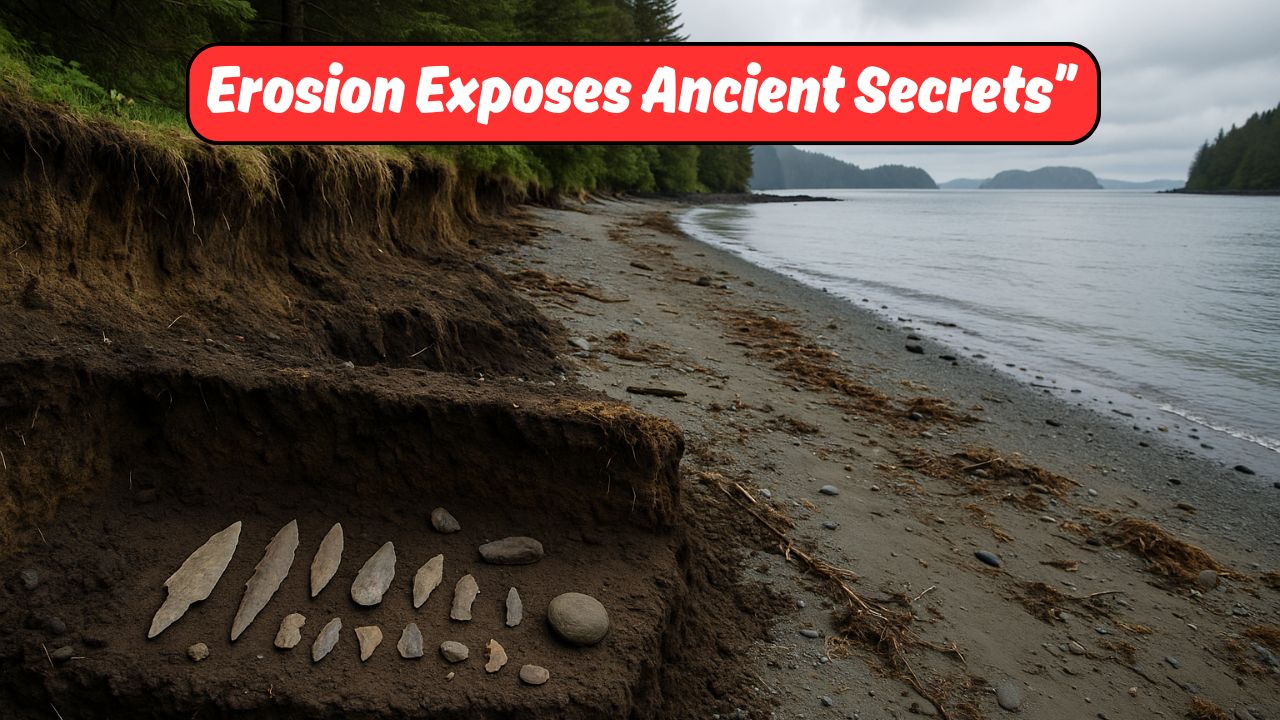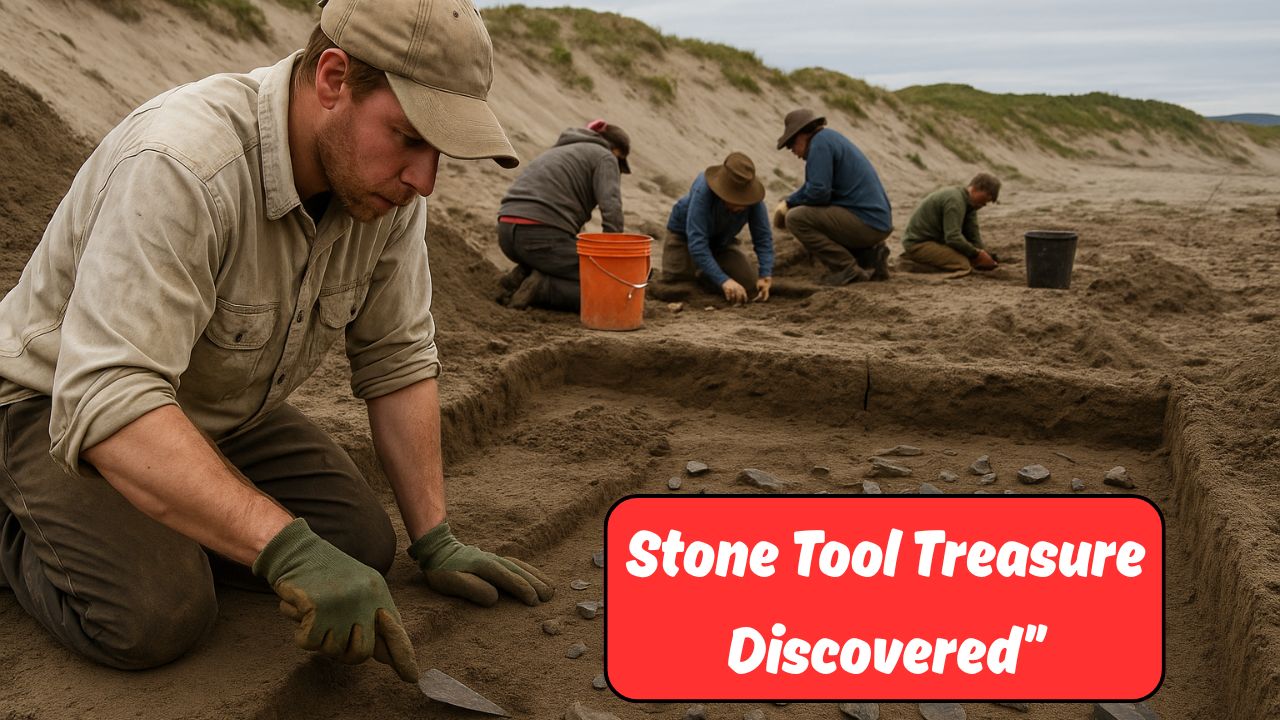Ancient Alutiiq Heritage – The quiet shores of the Pacific Northwest recently gave rise to a discovery that could dramatically alter our understanding of early Native American history in the region. A group of researchers, hikers, and Indigenous archaeologists stumbled upon ancient stone tools exposed by coastal erosion on a beach near Seattle—artifacts that are now believed to be linked to the Alutiiq people, an Indigenous group historically associated with the Kodiak Archipelago and southern Alaska. This remarkable find not only raises questions about ancient coastal migrations and trade networks but also suggests that the Alutiiq culture may have extended far farther south than previously documented. Experts say this could open an entirely new chapter in the narrative of Native settlement and migration across the Pacific coast of North America.
Discovery That Shook Pacific Anthropology
The tools were first spotted by a local beachcomber in early July after heavy tides reshaped a stretch of shoreline north of Seattle. Archaeologists were called in shortly thereafter and were stunned to find dozens of well-preserved artifacts buried in sediment layers once protected by forest growth and sand dunes.
Initial Observations:
- Over 40 stone tools uncovered in one beach location
- Estimated age: 2,500 to 4,000 years old based on initial carbon dating
- Material consistent with volcanic rock sourced in southern Alaska
- Similar tool styles found in known Alutiiq archaeological sites
What Makes These Tools Unique?
What sets these tools apart from common Pacific Northwest artifacts is their design and craftsmanship—specifically the flaking pattern, grip angles, and composition, which closely align with Alutiiq artifacts found in Kodiak Island dig sites.
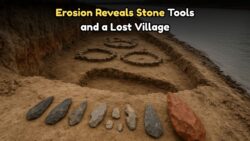 Erosion Uncovers Prehistoric Settlement in U.S.—Stone Tools & Village Timeline Shock Archaeologists!
Erosion Uncovers Prehistoric Settlement in U.S.—Stone Tools & Village Timeline Shock Archaeologists!
Key Tool Characteristics:
- Bifacial arrowheads with symmetric edge grinding
- Scrapers and blades used for hide processing and food preparation
- Hammerstones and core fragments consistent with traditional Alutiiq lithic methods
- Some tools show signs of repair and reuse, indicating cultural value
Could the Alutiiq People Have Traveled This Far South?
The discovery has sparked vigorous academic debate. While the Alutiiq people are primarily linked to southern coastal Alaska, marine travel along the Pacific was not uncommon in prehistoric times. Canoe-based navigation could have enabled long-distance journeys for trade, seasonal hunting, or even settlement expansion.
Theories Under Discussion:
- Coastal Migration Hypothesis: Suggests ancient Indigenous groups used maritime routes long before inland corridors
- Trade Route Extension: Indicates the presence of a vast intertribal trade system linking Alaska to Washington and Oregon
- Climate Refuge Movement: Warmer Pacific regions could have attracted seasonal or permanent resettlement
Indigenous Communities Weigh In
Local Indigenous leaders, especially from the Duwamish and Coast Salish tribes, have shown immense interest in the findings. They have emphasized the importance of collaboration, cultural sensitivity, and the need to protect such sites from looting or improper excavation.
Responses from Tribal Leaders:
- Welcoming the recognition of shared ancestral histories
- Encouraging joint stewardship of the site
- Planning to host cultural education events to spread awareness
- Requesting protection status for the shoreline
What Happens Next?
A full-scale archaeological excavation is now underway, led by a combined team of university researchers, Indigenous historians, and government heritage agencies. The site is being carefully mapped and secured, with further digs planned for the next six months.
Upcoming Plans Include:
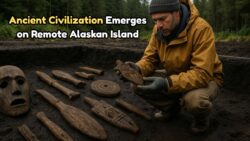 Shocking Discovery on Shuyak Island: Artifacts Reveal Lost Indigenous Civilization in U.S.!
Shocking Discovery on Shuyak Island: Artifacts Reveal Lost Indigenous Civilization in U.S.!
- Deep sediment analysis to verify the timeline of occupation
- DNA testing of organic residue found on tools
- Satellite imaging to locate other potential tool caches
- Community-led historical documentation efforts
Expected Impact on Historical Understanding:
| Aspect | Current Belief | Possible Revision Due to Find |
|---|---|---|
| Alutiiq Southern Range | Limited to southern Alaska | May include parts of Washington coastline |
| Migration Patterns | Primarily inland or coastal Alaskan | Coastal Pacific-wide, including Seattle |
| Tool-making Influence | Isolated to Alutiiq settlements | Possible cross-tribal exchange patterns |
| Settlement Timeline | 1,500–2,500 years in Alaska only | Up to 4,000 years with extended range |
Academic and Public Excitement Grows
Universities across the U.S., particularly in Washington and Alaska, have shown increased interest in studying these findings. Anthropology students, Native American studies programs, and museum curators are all actively participating in conversations about the implications of this coastal archaeological shift.
Key Collaborators:
- University of Washington’s Department of Anthropology
- Alutiiq Museum and Archaeological Repository (Kodiak)
- Burke Museum of Natural History and Culture (Seattle)
- Local tribal historical societies
This coastal discovery could be a landmark in rewriting the Indigenous history of the Pacific Northwest. The notion that the Alutiiq people or their ancestors may have influenced, traded with, or even briefly settled parts of what is now Washington State challenges long-held academic assumptions. But more than that, it’s a rediscovery of shared heritage—one that both honors ancient traditions and celebrates the resilience of Indigenous narratives often overlooked in mainstream history.
FAQs
1. Where exactly were the stone tools found?
They were discovered on a beach north of Seattle, recently exposed due to coastal erosion.
2. How old are these tools?
Preliminary carbon dating suggests they are between 2,500 and 4,000 years old.
3. Why are they linked to the Alutiiq people?
The tools resemble others found in southern Alaska—particularly in design, material, and flaking style.
4. Is this the first time Alutiiq artifacts were found this far south?
Yes, this is the southernmost discovery potentially tied to the Alutiiq culture.
5. What will happen to the artifacts now?
They are being studied by archaeologists and tribal experts and will likely be displayed in regional museums under tribal stewardship.

